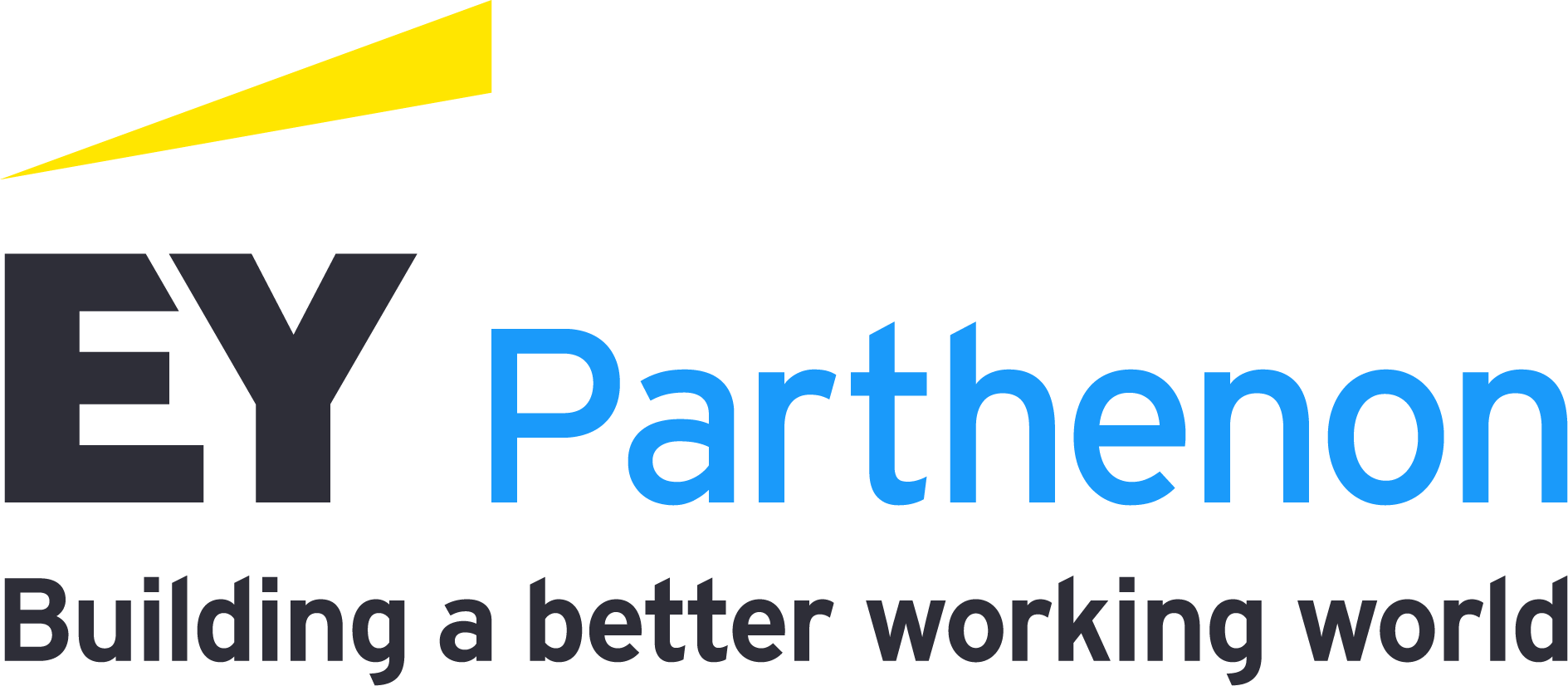What banks can do to enhance partnership value
The growth of fintech partnerships has many banks looking for a more professionalized, agile approach to manage those pain points. Building a partnership framework can be a good solution but is a new discipline for many banks to master. Key actions that can move an institution forward include:
Align strategy and governance
Embracing a process that ensures partnerships align with and support the bank’s broader enterprise strategy can set the table for success. Developing a governance structure to guide the actions of stakeholders can help get everyone in the organization driving toward those objectives.
Understand market opportunities
Assessing market needs, trends and the competitive landscape and then benchmarking those findings against the bank’s internal capabilities can help target opportunities for growth and inform strategy development.
Assess partner readiness
Conducting a partnership-readiness assessment can provide actionable insights on two important areas: the operational maturity of the bank to execute partnerships effectively and the ability of ecosystem partners to meet the bank’s strategic needs.
Enhance partner identification and selection
Employing a structured partner identification and selection methodology can help identify partners that are the best match. A host of tools, including partner scans, due diligence, and risk and technology evaluations, can help avoid key traps such as conflicting strategies or platforms that won’t adequately scale.
Upgrade technologies
Investing in technology platforms that allow for flexible collaboration can help integrate partner capabilities more quickly and completely into the bank’s systems. For example, using application programming interfaces (APIs) to integrate with partners is crucial to delivering seamless customer experiences, yet many banks lack adequate API capabilities.
Improve onboarding, implementation and value realization
Building partner-specific business models and refining onboarding processes, including third-party risk management, can help minimize turnaround times and accelerate time-to-revenue. Establishing key performance indicators and benchmarks to assess the performance of partnerships is critical to realizing value.
As the importance of fintech partnerships in driving growth rises, banks that embrace a framework to ensure strategic alignment and guide execution can strengthen their market positions and maximize value from those relationships.
Drew Schilling, Fred Tamarkin and Will Hapeman also contributed to the article.






